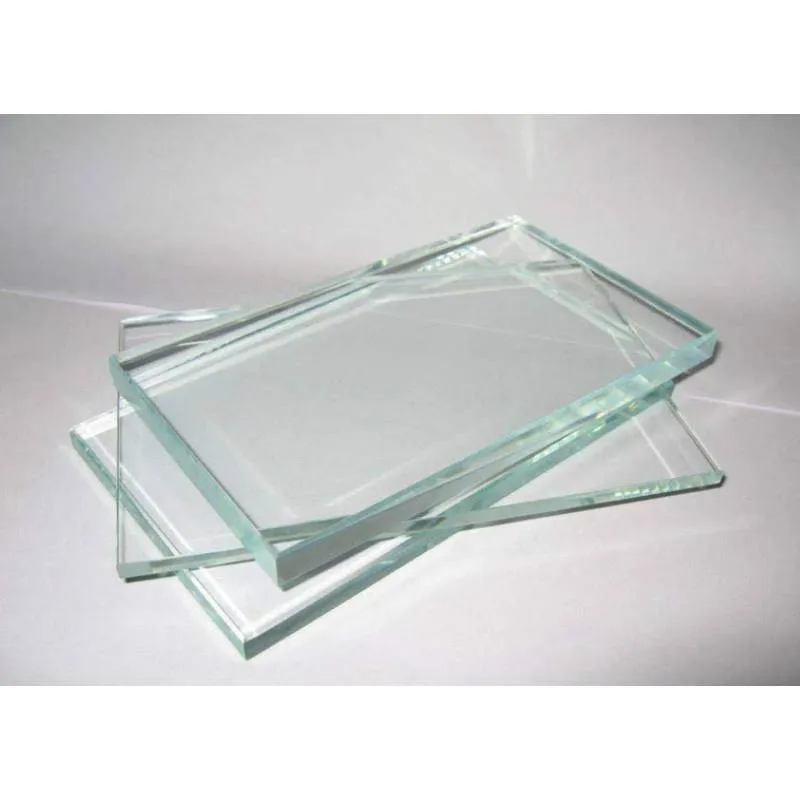Understanding Types of Opaque Glass A Comprehensive Overview
Opaque glass, characterized by its inability to transmit light, offers a unique blend of privacy, aesthetic appeal, and functionality. Its applications range from architectural design to decorative pieces, making it a versatile choice in various fields. This article delves into the different types of opaque glass, highlighting their properties, uses, and benefits.
1. Frosted Glass
Frosted glass is perhaps the most recognized type of opaque glass. Produced by sandblasting or acid etching clear glass, it creates a milky surface that obscures visibility while allowing some light to pass through. This type of glass is commonly used in bathrooms for shower doors, windows, and partitions, providing privacy without sacrificing natural light. Its sleek and modern aesthetic makes it a popular choice in contemporary interior design.
2. Satin Glass
Satin glass is similar to frosted glass but has a smoother surface finish. It is created by applying a fine coating or through a specialized manufacturing process that results in a soft, translucent quality. Satin glass is frequently used in lighting fixtures, cabinet doors, and decorative panels. Its subtle texture adds elegance and sophistication to architectural elements while diffusing light effectively.
3. Opaque Colored Glass
Opaque colored glass is made by adding pigments during the glass-fusing process. This type of glass can be found in vibrant hues, offering both aesthetic and practical benefits. Opaque colored glass is often used in the creation of art pieces, stained glass windows, and decorative objects. Its ability to block light not only enhances privacy but also adds a striking visual element to spaces.
4. Smoked Glass
types of opaque glass
Smoked glass, as the name suggests, features a grey or black tint that gives it a distinctively modern appearance. This type of opaque glass is typically used in architecture for windows and facades, as well as in furnishings and accents. While it does offer some level of privacy, it also creates a sense of mystery and elegance. Smoked glass is particularly favored in contemporary designs and is often utilized in office partitions and conference rooms.
5. Translucent Glass
Translucent glass is designed to diffuse light while obscuring visibility. Often created through specialized processes, this type allows light to filter through while preventing clear images from passing through. It is commonly used in applications such as skylights, room dividers, and external cladding. The impact of translucent glass combines both functionality and aesthetic appeal, as it provides visual interest while facilitating privacy.
6. Tinted Glass
Tinted glass is engineered to reduce glare and heat transmission, making it an essential choice for energy-efficient buildings. While it is not entirely opaque, tinted glass can significantly obscure vision, providing a level of privacy necessary for certain applications. Its use is common in large windows, doors, and storefronts, especially in areas with high sunlight exposure. The variety of tints available allows architects and designers to balance aesthetics with practical advantages.
7. Sandblasted Glass
Similar to frosted glass, sandblasted glass undergoes a treatment that etches the surface, resulting in a rough texture that obstructs visibility. This type is highly valued in settings where privacy is essential, such as offices, conference rooms, and residential areas. Sandblasted glass can also be customized with specific patterns or designs, enhancing artistic expression while serving functional purposes.
Conclusion
Opaque glass comes in various types, each offering unique benefits suited to specific needs. From frosted to tinted glass, these materials serve essential roles in design, privacy, and energy efficiency. As technology advances, the possibilities for creating innovative opaque glass solutions continue to expand, allowing architects and designers to enhance their projects creatively. Whether in residential or commercial applications, opaque glass remains a critical component in modern architecture and interior design, contributing both beauty and functionality to spaces worldwide.
 Afrikaans
Afrikaans  Albanian
Albanian  Amharic
Amharic  Arabic
Arabic  Armenian
Armenian  Azerbaijani
Azerbaijani  Basque
Basque  Belarusian
Belarusian  Bengali
Bengali  Bosnian
Bosnian  Bulgarian
Bulgarian  Catalan
Catalan  Cebuano
Cebuano  Corsican
Corsican  Croatian
Croatian  Czech
Czech  Danish
Danish  Dutch
Dutch  English
English  Esperanto
Esperanto  Estonian
Estonian  Finnish
Finnish  French
French  Frisian
Frisian  Galician
Galician  Georgian
Georgian  German
German  Greek
Greek  Gujarati
Gujarati  Haitian Creole
Haitian Creole  hausa
hausa  hawaiian
hawaiian  Hebrew
Hebrew  Hindi
Hindi  Miao
Miao  Hungarian
Hungarian  Icelandic
Icelandic  igbo
igbo  Indonesian
Indonesian  irish
irish  Italian
Italian  Japanese
Japanese  Javanese
Javanese  Kannada
Kannada  kazakh
kazakh  Khmer
Khmer  Rwandese
Rwandese  Korean
Korean  Kurdish
Kurdish  Kyrgyz
Kyrgyz  Lao
Lao  Latin
Latin  Latvian
Latvian  Lithuanian
Lithuanian  Luxembourgish
Luxembourgish  Macedonian
Macedonian  Malgashi
Malgashi  Malay
Malay  Malayalam
Malayalam  Maltese
Maltese  Maori
Maori  Marathi
Marathi  Mongolian
Mongolian  Myanmar
Myanmar  Nepali
Nepali  Norwegian
Norwegian  Norwegian
Norwegian  Occitan
Occitan  Pashto
Pashto  Persian
Persian  Polish
Polish  Portuguese
Portuguese  Punjabi
Punjabi  Romanian
Romanian  Russian
Russian  Samoan
Samoan  Scottish Gaelic
Scottish Gaelic  Serbian
Serbian  Sesotho
Sesotho  Shona
Shona  Sindhi
Sindhi  Sinhala
Sinhala  Slovak
Slovak  Slovenian
Slovenian  Somali
Somali  Spanish
Spanish  Sundanese
Sundanese  Swahili
Swahili  Swedish
Swedish  Tagalog
Tagalog  Tajik
Tajik  Tamil
Tamil  Tatar
Tatar  Telugu
Telugu  Thai
Thai  Turkish
Turkish  Turkmen
Turkmen  Ukrainian
Ukrainian  Urdu
Urdu  Uighur
Uighur  Uzbek
Uzbek  Vietnamese
Vietnamese  Welsh
Welsh  Bantu
Bantu  Yiddish
Yiddish  Yoruba
Yoruba  Zulu
Zulu 

